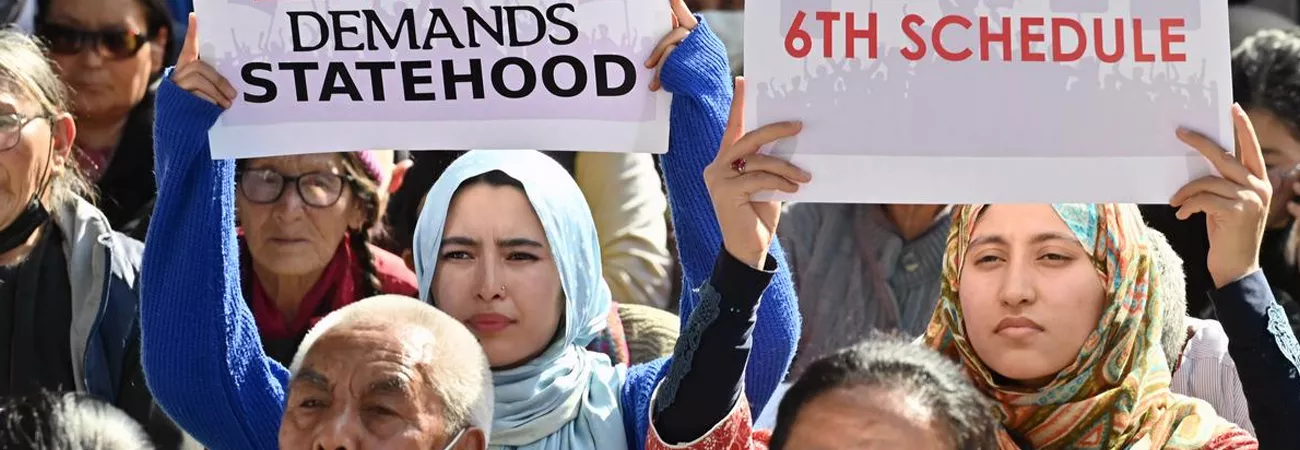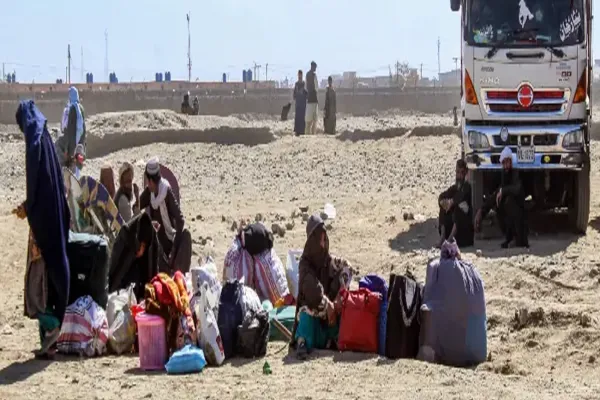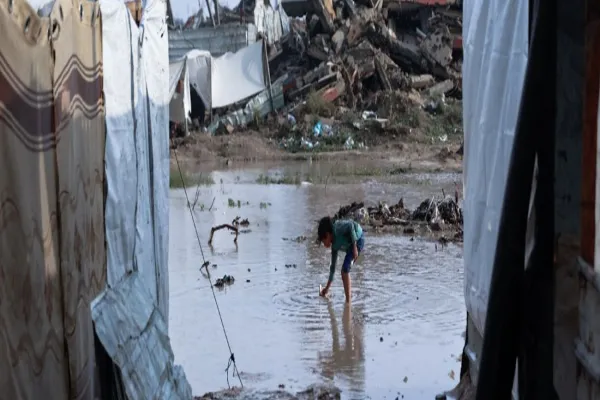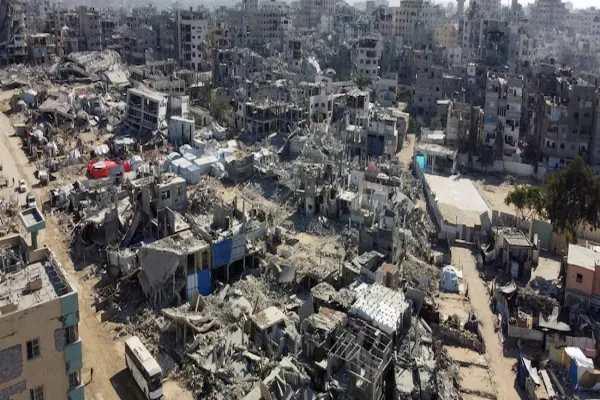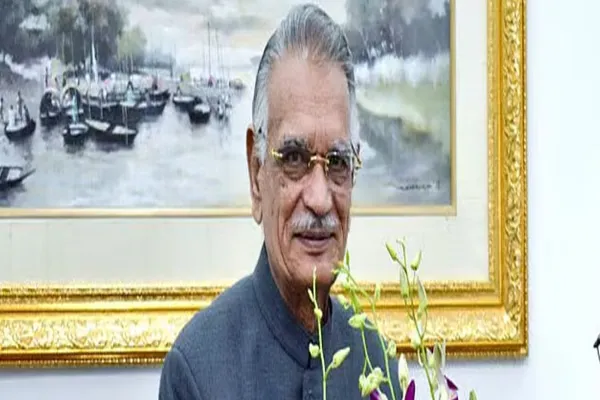i NEWS INTERNATIONAL
On August 5, 2019, when Ladakh was separated from Indian illegally occupied Kashmir and turned into a federally governed territory, the streets in its main city the Buddhist-majority Leh erupted in jubilation. Nearly 300,000 residents in the Himalayan desert situated 5,730 metres (18,800 feet) above sea level had hoped the ruling Bharatiya Janata Party’s (BJP) move would safeguard their lands and livelihoods.
Residents now fear Ladakh’s fragile ecology will be threatened by developmental and industrial projects approved in New Delhi without their consent. They are also concerned that people from other parts of India would settle there, thereby changing the mainly tribal demography of the region. A group of Ladakh’s political leaders, civil society members and students travelled nearly 1,000km (621 miles) to the national capital of New Delhi to demand their rights.
“We protested in Ladakh and Jammu earlier but nobody listened to us. That is why we have come to Delhi so that the government can hear our voice,” student Zahida Banoo told a renowned TV Channel as she protested at New Delhi’s Jantar Mantar, less than a kilometre from India’s parliament.
“Our lands were protected, our jobs were protected, and now we are totally exposed to outside influence. In that way, we were much better. We wanted separation of Ladakh from Kashmir but we didn’t want it this way,” Ladakhi politician Chering Dorjay told. Sonam Wangchuk was one of the prominent Ladakhis who in 2019 endorsed the BJP’s decision to strip Indian-administered Kashmir of its autonomy and turn Ladakh into a separate union territory.
Credit : Independent News Pakistan-INP



